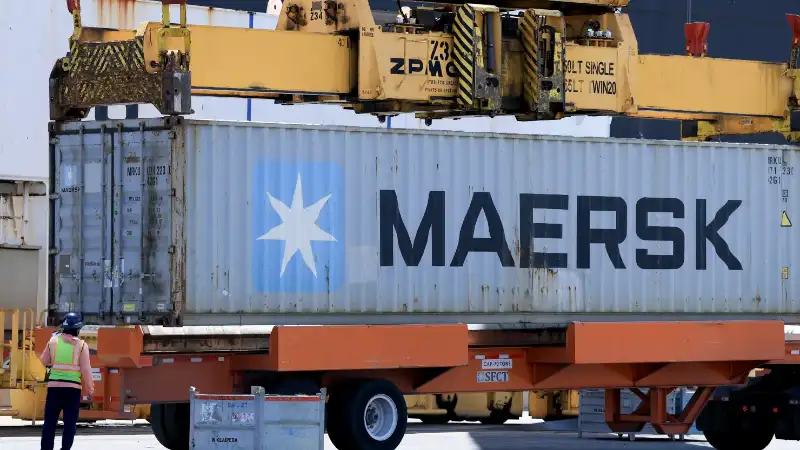Inflation in the U.S. cooled again in April 2025, with the consumer price index (CPI) rising just 2.3% year over year — the smallest annual increase since February 2021. Declines in grocery, gasoline, used cars, and apparel helped ease pressure on household budgets. However, economists warn that this reprieve may be short-lived due to the inflationary effects of new trade tariffs imposed under President Donald Trump.



April Sees Broad-Based Price Relief
The April CPI report, released by the Bureau of Labor Statistics, showed broad-based easing in key consumer categories. The overall 2.3% annual inflation rate marks a slight dip from 2.4% in March.
- Grocery prices fell 0.4% month-over-month, led by a sharp 13% drop in egg prices.
- Gasoline prices declined 0.1% for the month and were down 12% compared to a year earlier.
- Used vehicles saw a 0.5% price decrease.
- Apparel dropped 0.2%, while airfares fell 2.8%.
Fuel and grocery costs benefited from lower transportation and oil prices, which have declined amid concerns of slowing global demand and increased supply.
Housing and Services Inflation Remain Elevated
Housing costs, which make up the largest portion of the CPI, rose 4% annually — still elevated, but showing signs of stabilization. Inflation in the “services” category continues to cool gradually due to weakening labor market dynamics and the lagging impact of slower goods inflation.
According to economists, businesses are not under as much pressure to raise wages, and workers are quitting jobs less frequently — both factors that help tame service-sector inflation over time.
Tariffs Threaten to Reverse Progress

Despite the current easing trend, economists are growing increasingly concerned about the inflationary impact of President Trump’s second-term trade policies. The administration has imposed a 10% baseline tariff on most imports, with even higher rates — up to 30% — on goods from China, as well as specific duties on steel, aluminum, automobiles, and some goods from Mexico and Canada.
“It felt like we could just about declare victory on putting inflation back in the bottle, and it’s back out again,” said Mark Zandi, chief economist at Moody’s. “Soak this report in. It’ll be a while before we get another good one.”
Analysts say the impact of tariffs on prices could take six to nine months to fully materialize. A Yale Budget Lab estimate puts the near-term cost of tariffs at $2,800 per U.S. household. Some companies are expected to delay passing costs to consumers, while others may act sooner — especially as inventories purchased under previous non-tariff terms run low.

Early Signs of Tariff Effects Already Appearing
While the overall impact of tariffs remains limited in the April report, some categories may already be showing pressure. Audio equipment prices surged nearly 9% month-over-month, and photographic equipment rose 2.2% — both imported-heavy categories.
However, overall goods prices increased just 0.1% in April, signaling that significant tariff-driven inflation has not yet taken hold. Still, economists expect the May CPI, due next month, to show clearer signs of upward pressure.
Core Inflation Outlook Rises Toward Year-End
Core CPI — which excludes volatile food and energy categories — was 2.8% in April. That figure is projected to climb to 3.5% by year-end, according to Capital Economics, even after accounting for temporary relief from the latest China trade agreement.
Sarah House, senior economist at Wells Fargo, called tariffs the “biggest question mark” over the inflation trajectory, citing widespread trade uncertainty and elevated duties across nearly all import categories.
For now, the latest CPI data offers a moment of calm. But with tariffs intensifying and global trade dynamics in flux, economists are already bracing for a potential reversal in the inflation trend as 2025 progresses.






